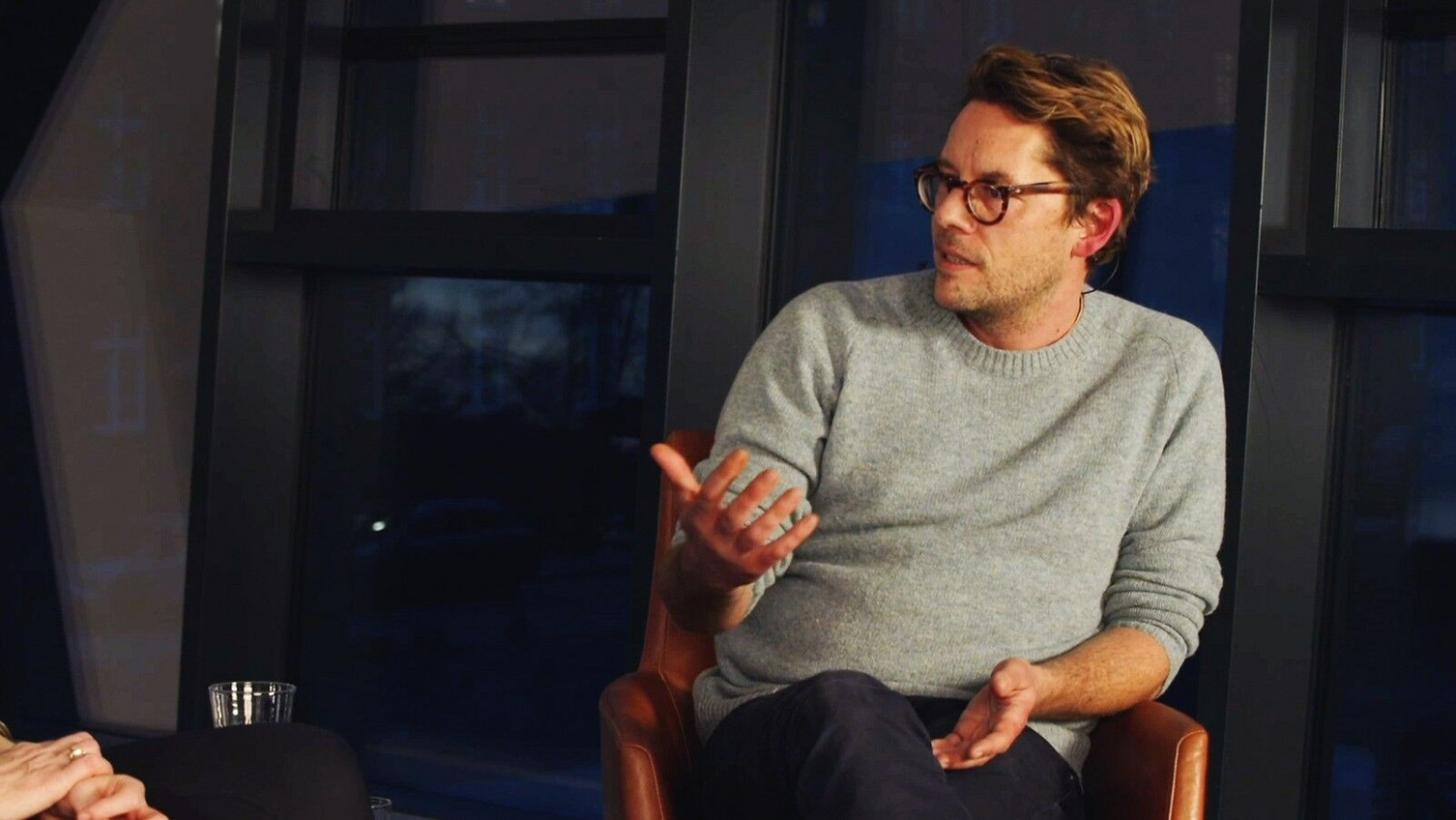Sustainability in the art museum: international exchange on local issues
2025-04-28 Transporting artworks globally while saving CO2, reaching local neighborhoods and international tourists, communicating digitally and counteracting hate speech - very few people know what moves international art institutions behind the scenes. The Leuphana Innovation Community Art and Culture has now created a space to give these topics space. In the “Expanding Art Museums” project, renowned art museums from Europe and the USA exchange ideas twice a year - accompanied by researchers from Lüneburg. In this interview, Dr. Maximilian Schellmann reports on the latest workshop at the Lenbachhaus in Munich on the subject of sustainability.
 ©Leuphana Media Studio
©Leuphana Media Studio
What challenges are international museums currently facing in the area of sustainability? What do they have to deal with?
The art institutions we talk to sometimes operate differently globally. The Metropolitan Museum of Modern Art in New York faces different challenges than the MUDAM in Luxembourg or the Louisiana in Humlebæk, Denmark. But they are united by the paradox that, on the one hand, they want to act in an ecologically sustainable manner, while at the same time operating globally, i.e. transporting exhibitions and artworks around the world, having to air-condition large spaces and rarely being located in modern insulated buildings. So they ask themselves, for example, which materials they can organize locally or even recycle. Where can they save energy and how can they reduce their CO2 footprint? They are always accompanied by the question: What does sustainable action mean in the museum sector?
Sustainable action is not just about ecological issues. What about other aspects of sustainability?
That is correct. Museums are also concerned with institutional, economic and social sustainability, i.e. the question of how we can not only develop programs for a diverse audience, but also make our teams more diverse, keep them in the museums in the long term and give them the necessary freedom to develop. For example, employees encounter hate speech on social media, but also in complaints or in the museum itself, which they have to deal with. At the same time, the museums want to be open to people from their local area and to international tourists. The art museums also talk about financial sustainability. This is particularly relevant against the backdrop of politically turbulent times.
A final point is that the exhibitions themselves make sustainability a theme. The Zentrum Paul Klee in Bern, for example, has combined a Klee exhibition with a tour of urban gardening projects. In Louisiana, an exhibition revolves around the topic of the sea. It also deals with the exploitation of the oceans and the consequences of climate change.
How can the international exchange initiated by the Innovation Community help to answer these questions?
First and foremost, we have created a protected framework in which the art museums can discuss topics for which they may not yet have any answers. There is usually neither time nor space for this. The directors really appreciate this and have even increased the frequency of these workshops to every six months. The host museum provides the topic and we reflect on it from the research, conduct interviews and get the museums talking.
This allows us to reflect on the museum's work behind the scenes. And we ask questions: How do we understand the concept of sustainability? What aspects does it touch on? How does it interweave all areas? Our advantage as researchers is that we can offer this protected space. This creates a stable basis of trust and an open exchange.
Was there a specific “aha” moment in the most recent exchange in which museums were inspired by others?
Yes, the Lenbachhaus in Munich, for example, has presented a roadmap for reducing its greenhouse gas emissions. The museum asked itself: Where do our CO2 emissions come from? How can we reduce them? There were discussions with politicians about investing in modern air conditioning systems, for example, which will save costs and energy in the long term. That was very exciting.
On the other hand, the Zentrum Paul Klee has also reported on its difficulties. Klee usually created his works on sensitive paper, which requires a certain room climate. This makes it difficult to use energy sustainably. However, preserving the works of art is central to these houses.
What questions will the international community be dealing with in the future?
The directors are all very reflective and have many topics on their agenda. One important one is digital infrastructures in connection with museum work. These range from online collections and social media to gamification. In addition, the topic of neighborhood, i.e. social sustainability, will continue to occupy us, to name just a few.
The participating museums in the “Expanding Art Museums” project of the Leuphana Innovation Community Art and Culture are:
- MUDAM Luxembourg
- Louisiana Museum of Contemporary Art, Humblebaek
- Belvedere, Vienna
- Metropolitan Museum of Art, New York
- Zentrum Paul Klee, Bern
- Kunstmuseum Basel
- Lenbachhaus Munich
